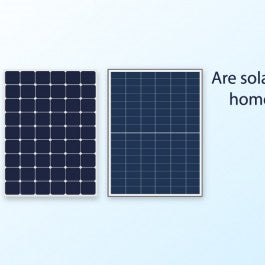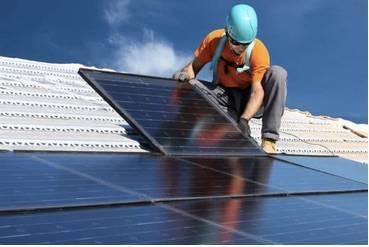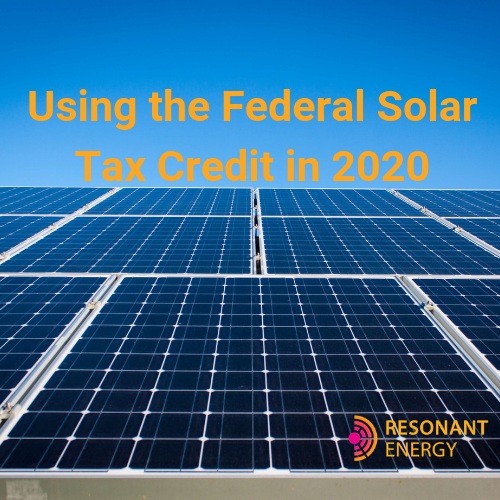Solar energy systems can cost tens of thousands of dollars to install and with no efficient way to store solar energy for periods of cloudiness or night it s just not feasible to execute these renewable methods exclusively or on large scales.
Why arnt solar panels 100 percent efficient yet.
One of the large ones is the thermodynamic limit a photon of less energy longer wavelength than the silicon band gap cannot produce an electron and one with higher energy can only produce as much voltage as the band gap.
Solar panels have been consistently increasing in efficiency at about 5 annually since 2010.
The current commercial mono crystalline cells are now about 24 efficient because other constraints like reflections and the tiny shadows from the metal wires are further reducing the amount of sunlight accessing the solar cell.
Lack of available technology.
Usually solar cells collect sunlight on their entire surface converting it to electricity at perhaps 15 19 percent efficiency meaning about 85 percent of the energy is lost in the process.
Although solar efficiency at standard temperature conditions is pushing through the 21 barrier at the high end of the solar panel market most panels are rated around 17 efficient and in hot sunny conditions their performance can drop back to 13 14.
The wikpedia article on solar cell efficiency gives a number of reasons that solar cells are less than 100 efficient.
Factors that affect solar panel efficiency.
More specifically carnot s theorem applies to photovoltaics and any other solar energy system where the hot side of the heat.
Polycrystalline solar panels are cheaper than monocrystalline panels however they are less efficient and aren t as aesthetically pleasing.
Solar panels on spacecraft supply power for two main uses.
The highest efficiency solar panels on the market today can reach almost 23 percent efficiency.
Thin film solar panels are the cheapest but have the lowest efficiency rating and require a lot of space to meet your energy needs.
Power for spacecraft propulsion electric propulsion sometimes called solar electric propulsion.
Because there are specific spectral ranges for semiconductor materials some of the radiant solar energy just cannot be used.
The second law of thermodynamics forbids a 100 efficient solar cell.
For both uses a key figure of merit of the solar panels is the specific power watts generated divided by solar array mass which indicates on a relative basis how much.





























